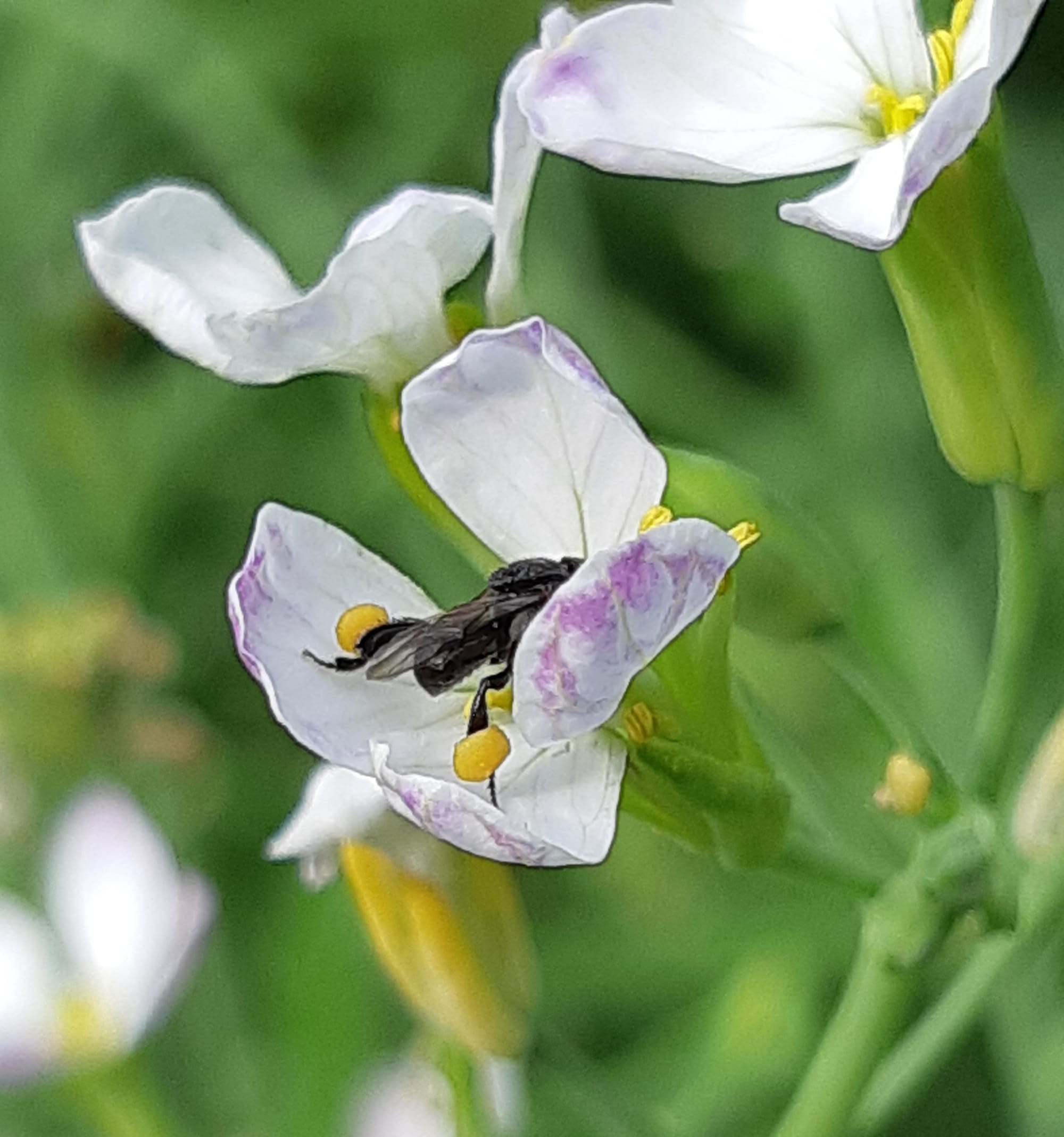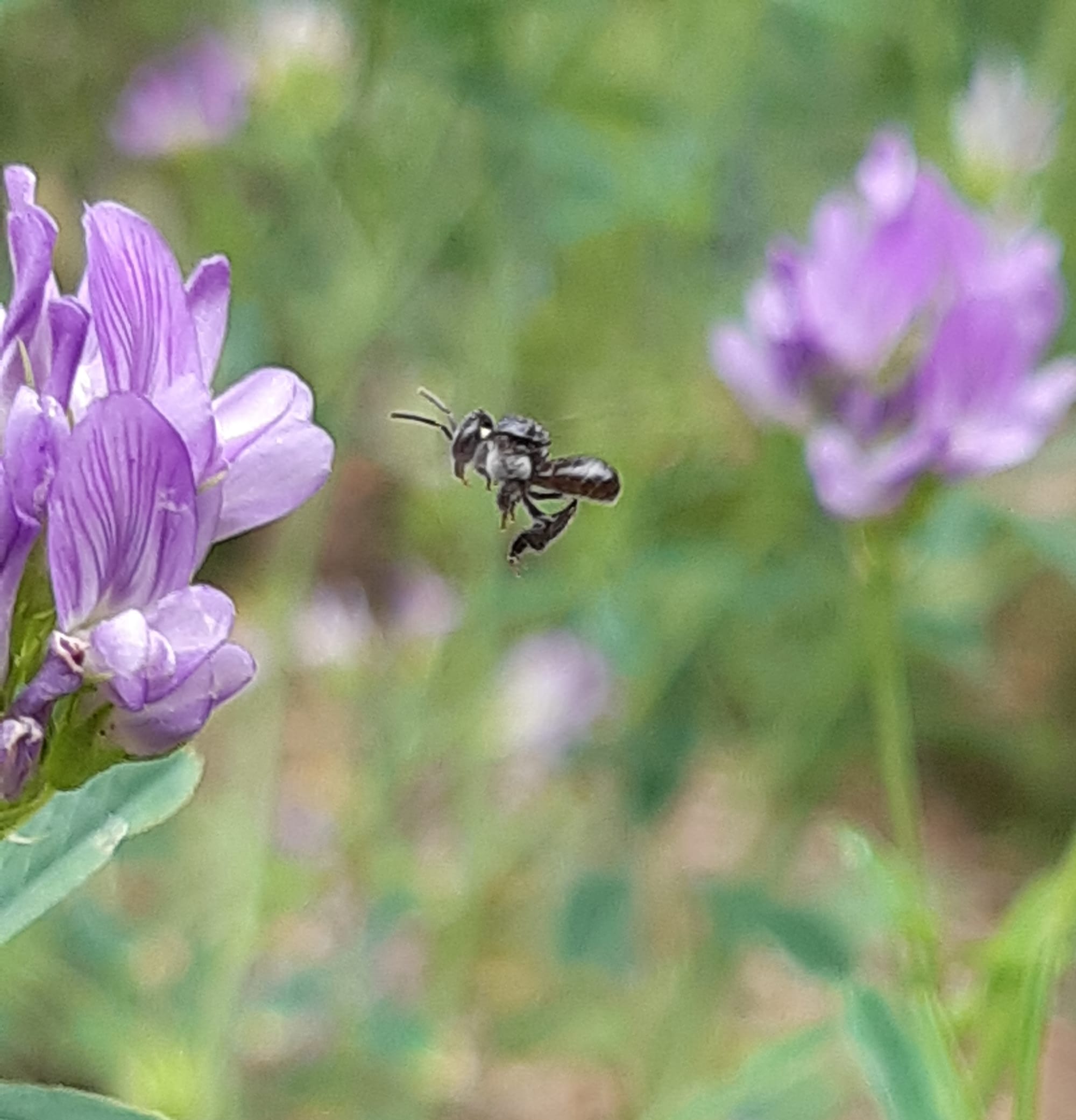
Ann Ross’ unlikely journey from mechanical repair business owner to award-winning apiarist began in 2011 when she and her husband Jeff discovered European honey bees living in the wall of their workshop in Beerburrum, QLD.
Jeff, whose uncle was a beekeeper, relocated the bees to a box in the backyard where their buzzing would be less of a distraction. The Ross’ soon expanded from one box quickly to a small backyard apiary of both European honey bees and Australian native stingless bees.
Australian native stingless bees are fabulous pollinators, and the honey they make is delicious but can be difficult to commercialise. For one thing, they don’t make much of it. A native stingless bee hive will produce just one kilogram of honey on average per year while European honey bee hives will produce 36 kilograms on average.

They can also be a bit fussy about the weather. Native stingless bee colonies in colder climates will generally only produce enough honey for their own colony. They like to be warm. But not too warm. They’re quite prone to dying in temperatures above 40 degrees.
In the summer of 2014, Ann found this out the hard way when a spike in heatwaves decimated her stingless bee population. One solitary hive, which Jeff relocated to an HDPE plastic bee box in the back shed, survived.
This humble plastic box catapulted the Ross’ into a six-year journey of research, testing and development to manufacture a stingless native bee box that was resistant to hive overheating, would protect the bees from disease and would make harvesting honey and other bee products easier.
Just one year after the devastation of her original hives, Ann had created a hexagonal concept hive with an insulation cavity that she thought might work. With support from the Innovation Centre Sunshine Coast and the Sunshine Coast University, she 3D-printed ten hives and installed them at various locations where both bees and beekeepers, scientists and engineers might hang out including Australia Zoo and university campuses.

The hives were displayed along with a note asking the Sunshine Coast community for help, and help they did. The Ross’ received valuable input and feedback on these concept hives and every idea took them one step closer to their award-winning solution the Native Bee Hive.
In 2019, Ann was recognised for her innovative and pioneering work to create these hives and was named a QLD state finalist of the AgriFutures Rural Women’s Awards. She is now the QLD State Chair of the Award Alumni Committee, where she supports more than 450 members across Australia.
The Ross’ also remain committed to giving back to the community that gave so much to them. 10% of the gross sales from their honey and Seeds for Bees products are dedicated to supplying stingless native bee hives to schools, retirement villages and other public spaces.
About the AgriFutures Rural Women’s Award
For 23 years, the AgriFutures Rural Women’s Award has celebrated the innovation and leadership of women in rural industries, businesses and communities. State Award winners receive a $15,000 Westpac grant to develop their project, business or program and gain access to the alumni program and community.
Women with a project, business or program having a positive impact on rural and emerging industries, businesses and communities are encouraged to apply. Applications for the 2025 AgriFutures Rural Women's Award are open now until 9 October. Read more.